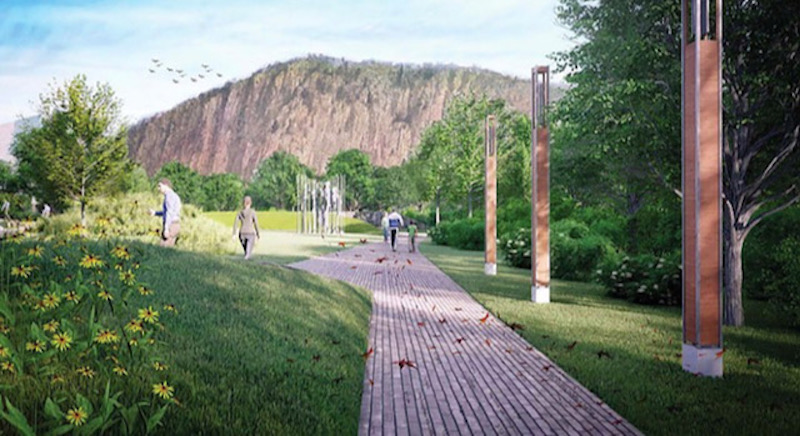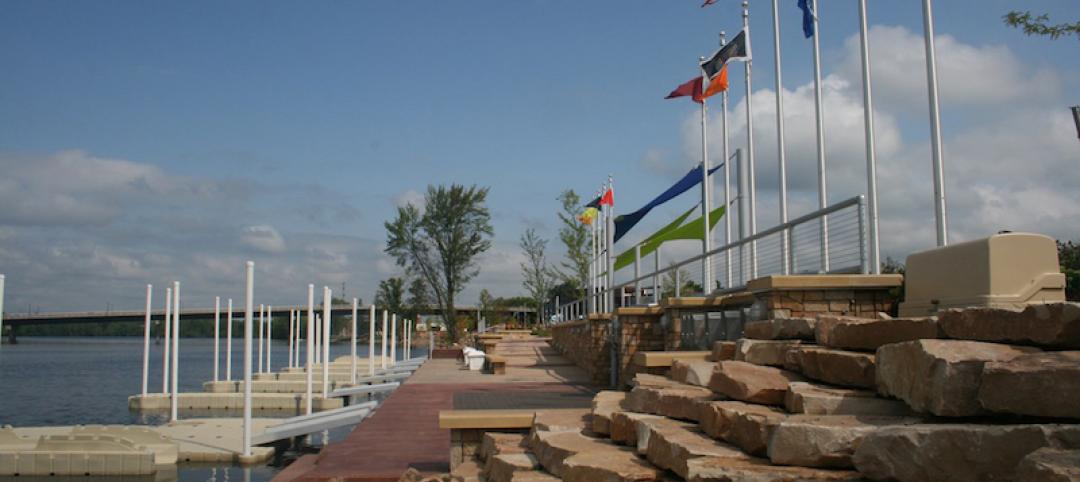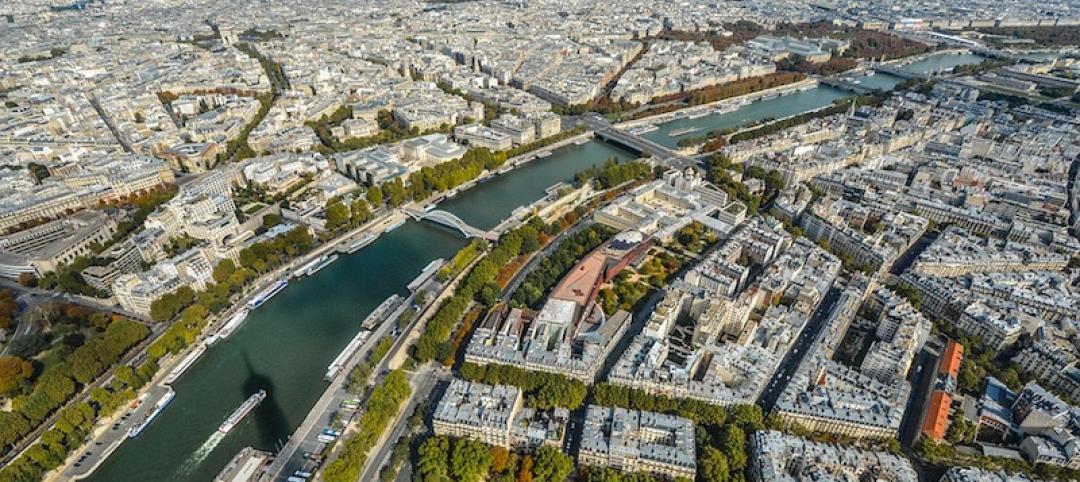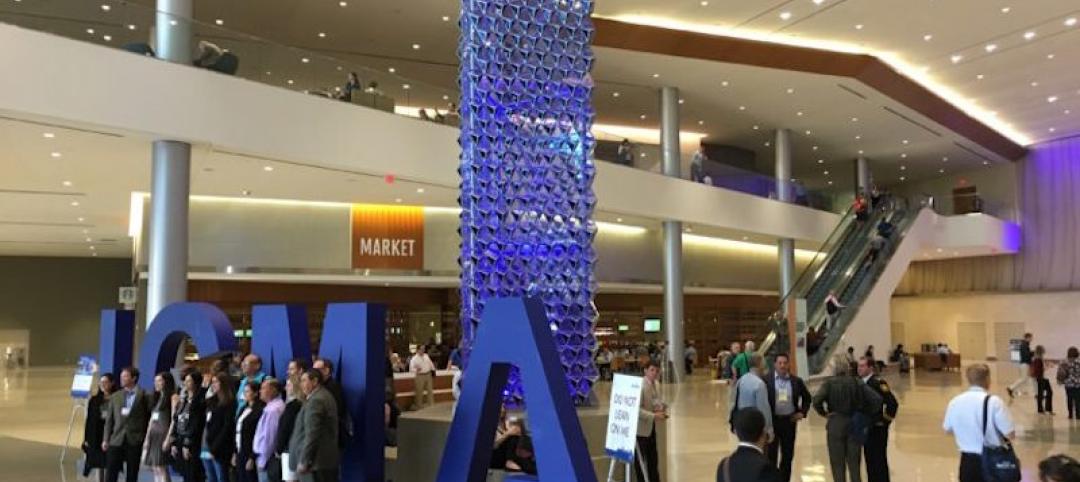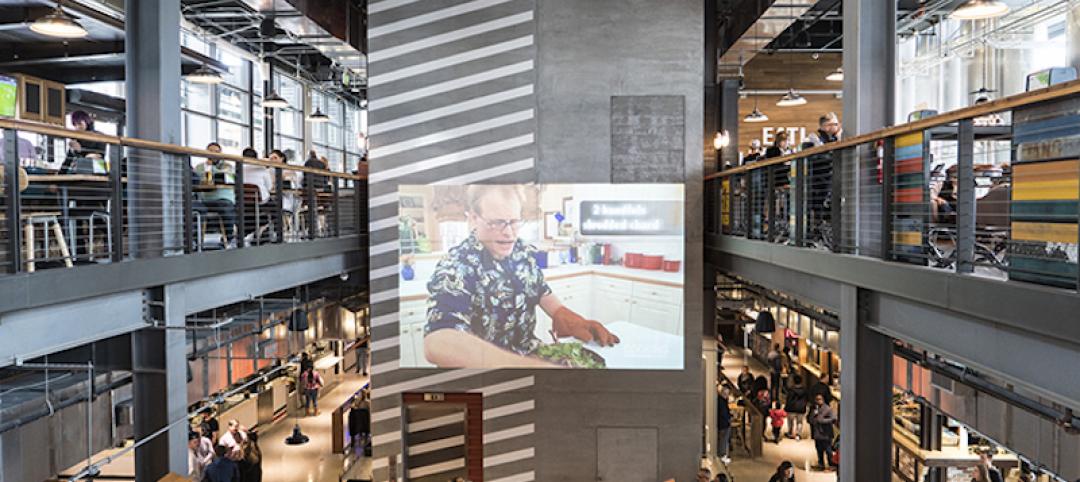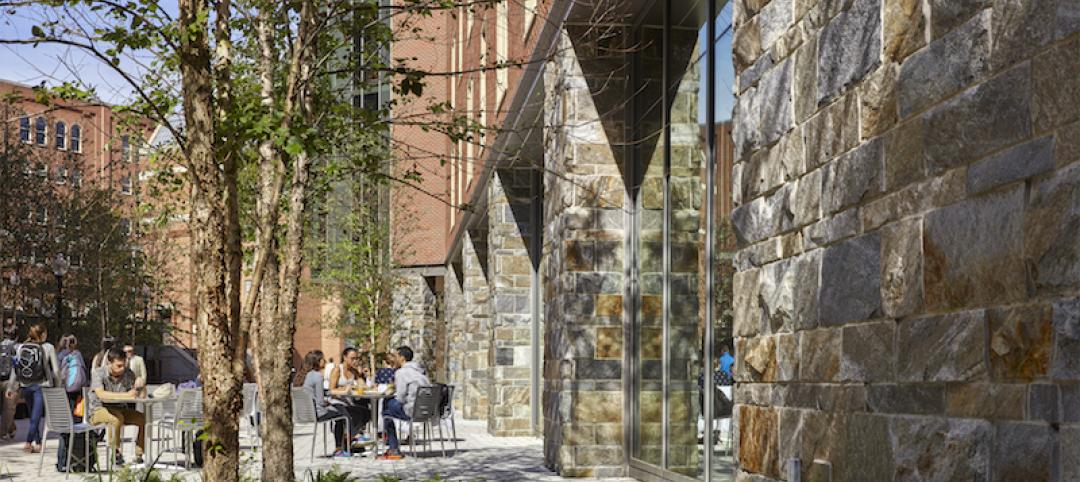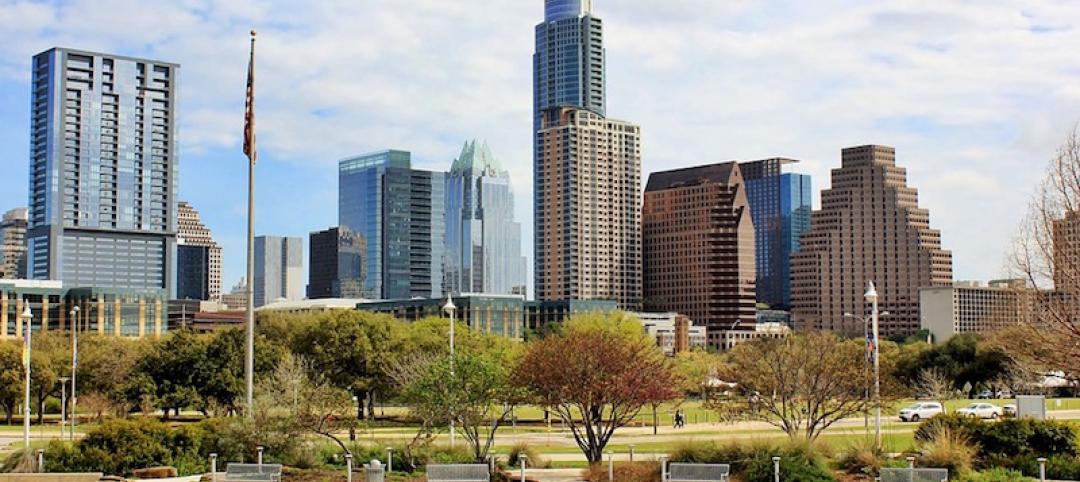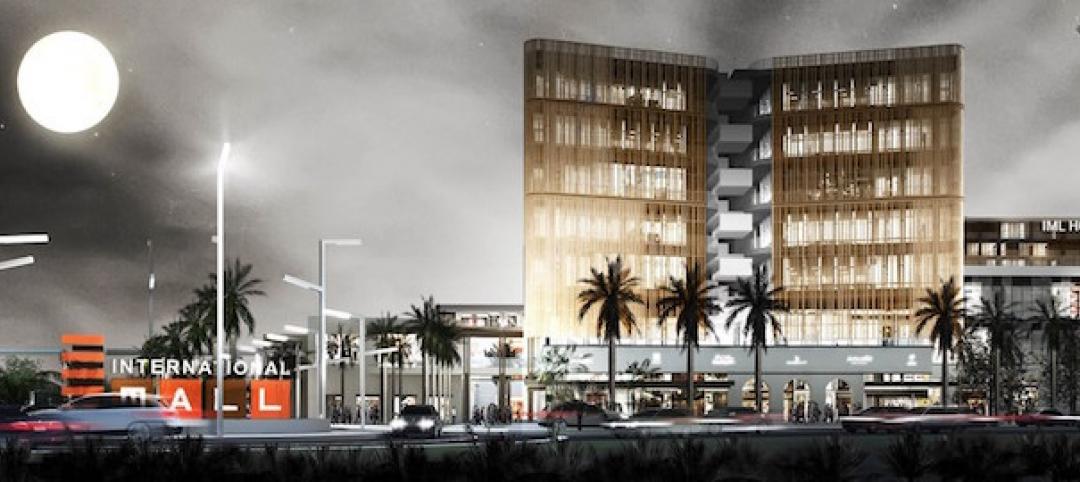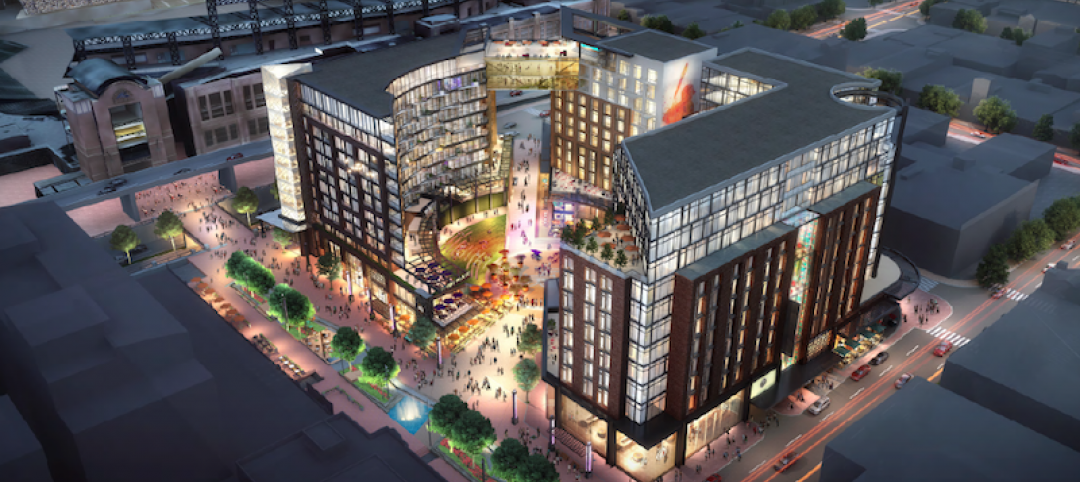Svigals + Partners, an architecture firm that designed the new Sandy Hook Elementary School, has partnered with a group of concerned mothers in New Haven, Conn. to design a Memorial Garden in honor of victims of gun violence.
The garden will provide a path flanked by engraved stone pavers that include the ages and dates of individuals killed in gun violence incidents in New Haven since 1980. The path will lead past a sculpture, titled Lost Generation, before culminating in a circular plaza with stone seating areas and flowering plants.
"The Lost Generation sculpture serves as a reminder of both the fragility and strength that exists within families and communities,” Says Marissa Mead, RA, LEED AP, Director of Art at Svigals + Partners and the design lead for the memorial. “Figurative voids in the piece illustrate the ever-present sense of absence when loved ones are lost to tragedy, and allude to the idea that death has a compounded influence on both current and future generations.”
Near the center plaza, memory tiles will be engraved with images or memories of lost loved ones. Stepped seating will be available throughout the park and a row of lamp post wind chimes near the park’s entrance will help mask traffic noise from Valley Street. The park may also include a footbridge connection to the nearby West Rock trail project.
Marlene Miller Pratt, a New Haven school teacher whose 18-year-old son was killed in a gun violence incident in 1988, led the efforts to build the memorial garden. The park could be completed and open to the public as early as summer 2019.
Related Stories
Urban Planning | Feb 26, 2018
A new way to approach community involvement for brownfield projects
A new community engagement program works with young adults to help the future of the neighborhood and get others involved.
Urban Planning | Feb 23, 2018
Paris car ban along the river Seine deemed illegal
Mayor Anne Hidalgo has appealed the decision.
Urban Planning | Feb 21, 2018
Leading communities in the Second Machine Age
What exactly is the Second Machine Age? The name refers to a book by MIT researchers Erik Brynjolfsson and Andrew McAfee.
Urban Planning | Feb 14, 2018
6 urban design trends to watch in 2018
2017 saw the continuation of the evolution of expectations on the part of consumers, developers, office workers, and cities.
Urban Planning | Feb 12, 2018
Stormwater as an asset on urban campuses
While there is no single silver bullet to reverse the effects of climate change, designers can help to plan ahead for handling more water in our cities by working with private and public land-holders who promote more sustainable design and development.
Urban Planning | Jan 24, 2018
Vision Zero comes to Austin: An outside perspective
Aside from the roads being wider and the lack of infrastructure for bikes and pedestrians, there seemed to be some deeper unpredictability in the movement of people, vehicles, bikes, and buses.
Urban Planning | Jan 10, 2018
Keys to the city: Urban planning and our climate future
Corporate interests large and small are already focused on what the impact of climate change means to their business.
Urban Planning | Jan 2, 2018
The ethics of urbanization
While we focus on designing organized and supportive architecture, much of urbanization is created through informal settlements.
Urban Planning | Dec 5, 2017
A call for urban intensification
Rather than focus on urban “densification" perhaps we should consider urban “intensification.”
Urban Planning | Dec 4, 2017
Sports ‘districts’ are popping up all over America
In downtown Minneapolis, the city’s decision about where to build the new U.S. Bank Stadium coincided with an adjacent five-block redevelopment project.


